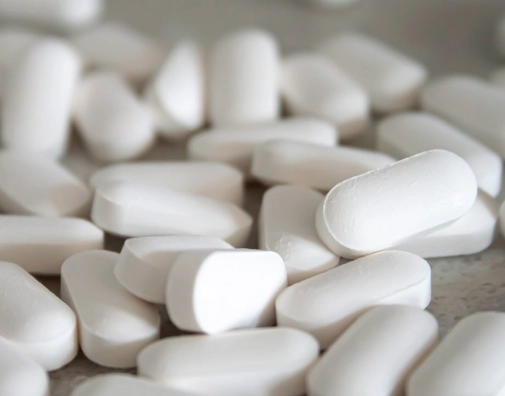
Siblinghip DNA Tests: Understanding What They Really Reveal

When it comes to clarifying family relationships, DNA testing is often the most reliable solution. For father–child relationships, the accuracy is well established: a paternity test can exclude or confirm paternity with more than 99.9% certainty. But when it comes to evaluating a sibling relationship, things are more nuanced.
In many popular articles and websites, one often reads that so-called “full siblings” share about 50% of their genes, while “half-siblings” share around 25%. These numbers provide a general idea, but they do not reflect the real complexity of genetic analysis performed in a laboratory.
At Adnà, we believe it is important to clarify what these percentages really mean, and to explain how a sibling test is interpreted, so families can understand what such results can – and cannot – demonstrate.
50% and 25%: A Misleading Simplification
The idea that two siblings share exactly 50% of their DNA is a statistical average, not a fixed value. In reality, the proportion of genetic material shared between two children of the same parents can vary: some may share 47%, others 53%, or even a bit more or less.
Why? Because each child inherits half of their genes from the mother and half from the father, but not always the same halves. Thus, two full siblings do not have identical copies of their parents’ DNA. One may inherit more segments in common with the other, while some fragments differ.
For half-siblings, the average of 25% is also just an approximation. Again, the actual values vary: some half-siblings share a little more DNA, others less.
In short, DNA inheritance does not follow a simple equation. It is governed by the random distribution of genes, which makes every genetic relationship unique.
How a Sibling Test Works
When a laboratory conducts a sibling test, it does not simply check for “50% or 25%” shared DNA. The approach is based on much more refined statistical methods, using the analysis of genetic loci (specific positions on the DNA where variation between individuals is well documented).
In practice, the process includes the following steps:
- Collection – DNA samples are collected with a simple cheek swab.
- Analysis – The lab compares each participant’s genetic profile across several dozen loci.
- Likelihood ratio calculation – For each locus, the similarities are evaluated to see if they fit better with the hypothesis of being “full siblings,” “half-siblings,” or unrelated.
- Overall result – The data are combined to calculate a statistical index (often called the Likelihood Ratio), which expresses whether the results more strongly support a sibling relationship or the absence of one.
What a Test Can (and Cannot) Reveal
A crucial point to remember is that, unlike a paternity test, a sibling test does not always provide a categorical answer.
- A paternity test compares a child’s DNA directly to that of the alleged father. Because the child must inherit exactly 50% of their profile from the father, confirmation or exclusion is very clear.
- A sibling test, however, evaluates a genetic resemblance in probabilistic terms. Even two unrelated people may, by chance, share certain similarities.
As a result, the outcome is not always a simple “yes” or “no,” but rather:
- a high probability of a sibling relationship,
- a low probability (therefore exclusion),
- or an inconclusive result if the data do not allow a clear answer.
The Role of the Mother in the Analysis
The precision of the test can be greatly improved when the mother participates in the analysis. Why? Because by clearly identifying which portions of the DNA come from the mother, the lab can better isolate the paternal contribution and more accurately compare the siblings’ profiles.
Thus:
- With the mother included, the distinction between “full siblings” and “half-siblings” becomes much more reliable.
- Without the mother, the test remains possible, but the chance of obtaining an inconclusive result is higher.
Key Takeaways
Sibling DNA tests are valuable tools for clarifying uncertain family ties, but their results are based on advanced statistical analysis, not fixed percentages.
- The interpretation of a sibling test relies on comparing multiple genetic loci and calculating a likelihood ratio.
- The results express a probability—sometimes very high, but not always absolute.
- Including the mother’s DNA increases accuracy and reduces uncertainty.
At Adnà, we guide every client not only through the testing process, but also through understanding the results. Our goal is to make complex science accessible, so that everyone can make informed decisions about their family story.
Siblingship test

Determine a sibling relationship with precision: 22 genetic markers analyzed to assess whether two individuals share one or both biological parents.
Other Journal : Files
VIEW MORE



